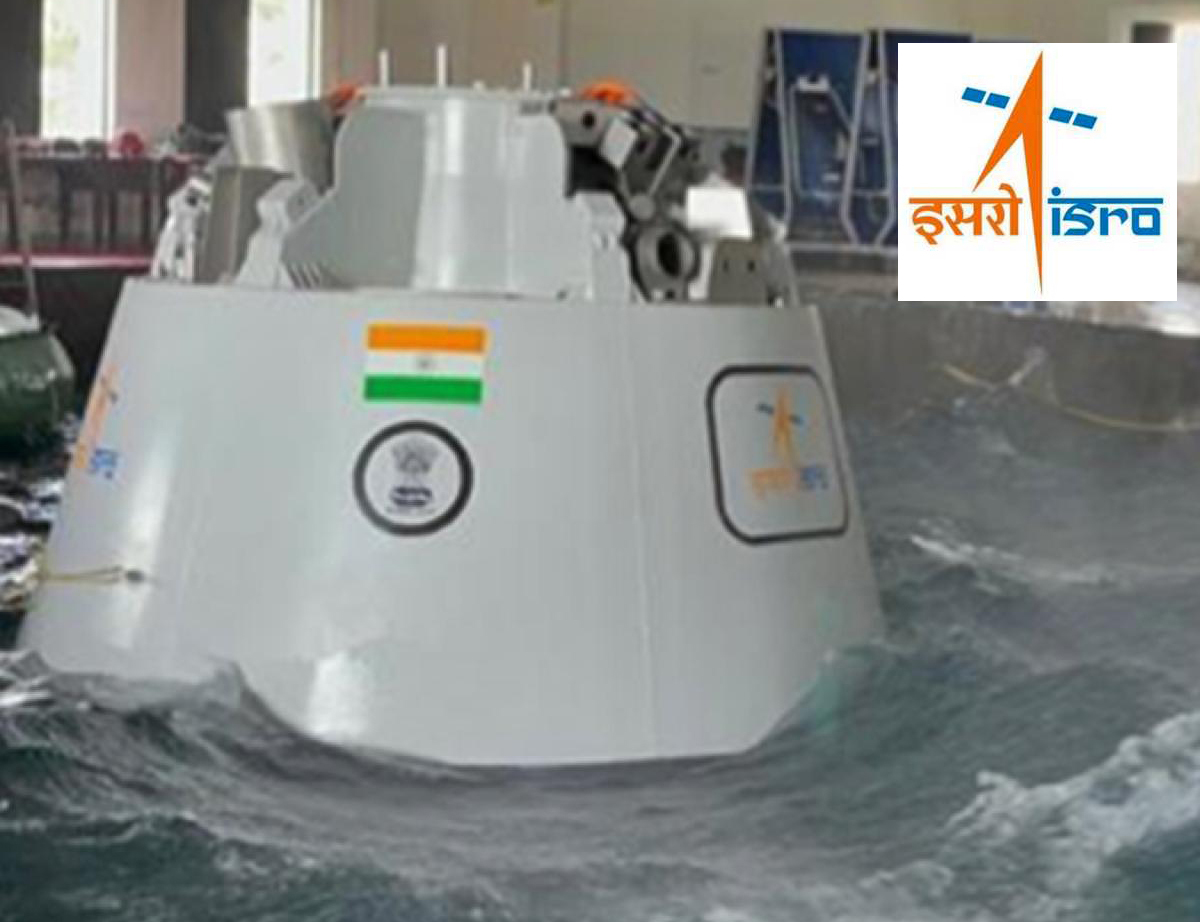
A full-scale mockup of Russia's Phobos-Grunt sample return spacecraft to Mars' moon Phobos. Photo: CNES.
The Russian Mars mission ‘Phobos-Grunt’ is the nation’s first interplanetary programme, for the deep space exploration. The mission aims to land on the Martian moon Phobos and return with rock and soil samples to Earth.
The spacecraft is being assembled near Moscow at NPO Lavochkin, which is a successor to the Soviet Lavochkin Design Bureau. The Russian Space Research Institute has developed the integrated scientific studies of Phobos and Mars by remote and contact methods.
It is currently scheduled to be launched in November 2011 on a Zenit rocket launcher with a Fregat upper stage. The return vehicle is scheduled back to Earth on August 2014.
This main aim of this project is to collect soil samples from the Red Planet moon ‘Phobos’. Later the samples will be brought to Earth for further comprehensive scientific research of Mars and its Martian space. The study will elucidate the mysteries of the satellite.
- Both in situ and remote studies of Phobos, including laboratory analysis of the soil samples
- Monitoring the planet Mars, including the holistic dynamic behaviour of the atmosphere and dust storms
- Studies of Martian surroundings, including plasma and dust components, and the radiation environment
The Russian federal space agency is working on the development of the spacecraft. Work on the operational documentation has been finalised and autonomous tests of key elements of the spacecraft is completed by the agency.
The testing of the spacecraft's systems is under process at the integrated onboard systems stand. In the meantime, the assembly of a mockup for vibration and static tests has entered in the final stage and the system is being assembled for the flight version of the spacecraft.
The Phobos-Grunt mission will consist of an unmanned lander, sample-return craft, Living Interplanetary Flight Experiment payload and a Chinese Mars orbiter.
Chinese probe slated on Phobos-Grunt
A Chinese sub-satellite is also schedule to be released from Phobos-Grunt in the Martian orbit. Russia has already received the Chinese Mars orbiter Yinghuo-1, which is designed to probe the Martian space environment looking for water.
The sub-probe had a shape of a 750 x 750 x 600-millimeter box with the mass of 110 kilograms and equipped with solar panels. It will span 7.85 meters while deployment.
Soyuz or Zenit rocket
With the inclusion of Chinese sub probe in the mission, the missioners are willing to switch for a Zenith rocket upgraded with a Fregat upper stage as Soyuz-2 lack the capabilities to carry the payload.
As an added bonus, Zenit rocket will provide enough redundant lifting capability to launch the Phobos-Grunt spacecraft with its full complement of international payloads. Once the final version is chosen, the payload mass, mission time and trajectory will be defined.
Russia’s last interplanetary mission was Mars 96, an orbiter and lander mission that was lost its connection with earth in November 1996.
 Previous Article
Previous Article Next Article
Next Article












The Indian Air Force, in its flight trials evaluation report submitted before the Defence Ministry l..
view articleAn insight into the Medium Multi-Role Combat Aircraft competition...
view articleSky enthusiasts can now spot the International Space Station (ISS) commanded by Indian-American astr..
view article